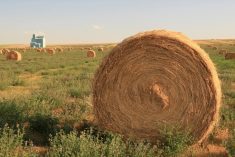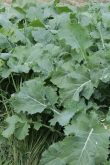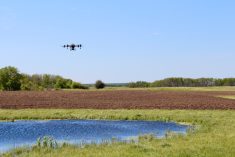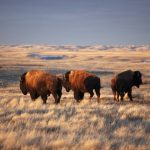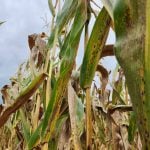The 2024 forage season is looking much different in the Prairies than the last few years. As the season started, we were quite worried about the lack of moisture we had in Western Canada in the last few years, which drastically reduced forage and grain yields.
However, we have generally had a lot of moisture and cooler temperatures this year. Pastures in general are looking good, but the excess of rain can also bring a variety of issues that farmers need to deal with.
In June, many producers started to cut their forages to make hay, but excessive rain and unpredictable weather can make producing high-quality hay very difficult. Excessive moisture may have delayed the forage cutting. After cutting, a lot of hay may have been rained on before it was dry, and producers could bale it. In this month’s column, I want to discuss the effects of this on hay quality and what we can do to prevent further issues.
Read Also
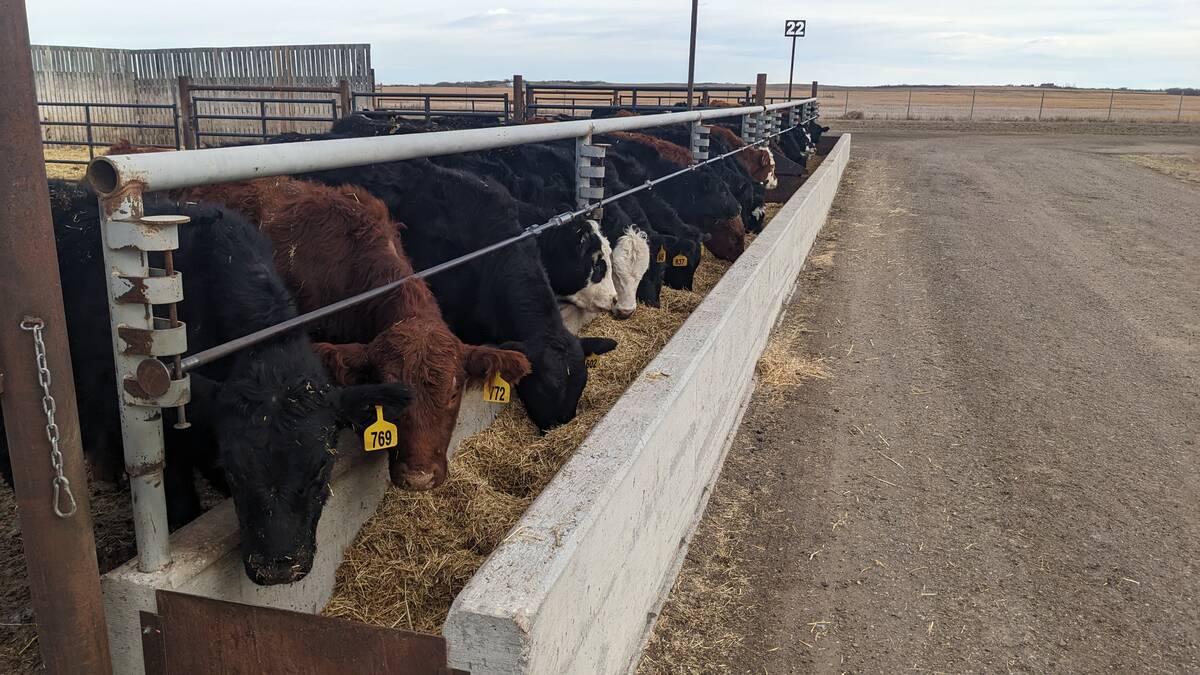
Making the most of screenings, fines and straw in beef cattle diets
Researchers examine use of oilseed fines to feed beef cattle in Western Canada.
As forages mature, plant yield increases but nutritional quality reduces. Usually, as plants mature the concentrations of protein and soluble carbohydrates decrease. Fibre and lignin increase, which promotes a decrease in digestibility and energy content, reducing the potential intake by cattle. Each forage species will have its own appropriate recommendation for when to cut to maximize yield without drastically reducing nutritional quality (usually around boot to heading stage for grasses and bud to bloom for alfalfa).
However, the animal class/category we are producing the hay for may also interfere with when we decide to cut the forage. Animals with greater nutritional requirements will need better-quality hay, and we may decide to compromise on the yield. We should avoid cutting hay during rainy days as it will promote large dry matter and quality losses. These losses will depend on the for- age type (grass versus legume), amount and duration of rainfall event, and timing when the rain occurred relative to when the forage was cut (just after cutting or after it had started to dry out).
We should only cut the forage when soil surface moisture is below 45 per cent. But when plants start to reach that appropriate cutting maturity, the changes in nutritional quality can be quite drastic from one week to the next. Because of that, it can create stress for producers if there is not a large enough window of sunlight in the forecast to be able to cut, dry and bale the hay before it rains again. Consequently, excessive precipitation often delays cutting, which means that forages may be overly mature when they are eventually cut.
After cutting a hay crop, the forage must be dried and baled quickly to preserve forage quality. If the forage gets rained on after cutting, dry matter losses will occur through the leaching of soluble carbohydrates, proteins, minerals and vitamins, increased plant respiration, leaf shattering, and increased or prolonged microbial activity. The dry matter losses alone can be over 40 per cent in these situations.
- RELATED: Interpreting a silage feed test
However, the economic losses are much greater when we consider the reduction in nutritional quality. The most nutritious portion of the plant (soluble carbohydrates and protein) is lost and what is left may also have reduced availability to the animal depending on how much heating occurred. Reduction of hay digestibility can vary from six to 40 per cent, depending on the extent of the damage. Mould growth will cause excessive heating if the hay is baled too wet (usually above 20 per cent moisture). Excessive heating will promote protein and carbohydrate binding in the plant, making them unavailable to the animal, consequently reducing the energy content and protein availability of the for- age. This is also known as the browning reaction due to the colour change it promotes (dark brown colour). Excessive heating may also promote spontaneous combustion of hay bales, causing huge disasters. In addition to heat production, mould growth can produce harmful mycotoxins. That means that bailing the forage with higher moisture content is not an option unless you can wrap it with plastic and make haylage (baleage).
Rainfall when making hay can cause major forage yield and quality losses; however, sometimes it is unavoidable. In these situations, forage analysis becomes extremely critical. With the forage analysis in hand, we can adjust our cattle diets to prevent animal performance losses.
So, what can we see in the forage analysis? Usually, we will see similar or higher crude protein levels (even though a large portion may be unavailable), greater neutral and acid detergent fibre levels (NDF and ADF), lower soluble carbohydrates (sugars) and consequently lower total digestible nutrients (TDN) or energy content.
One analysis that is important to do is called acid detergent fibre insoluble nitrogen (ADIN) or acid detergent fibre insoluble crude protein (ADICP). It will give us an estimate of the heat damage and quality loss of the forage. Usually, values of ADIN or ADICP above 10 per cent indicate that some heating happened. During excessive heating, these values can exceed 30 per cent. The lab or the nutritionist can then adjust the normal crude protein levels to determine the amount of available protein to the animal. This means that you may need to supplement some extra protein, or you may decide to use this lower-quality hay to feed animals with lower nutrient requirements. With the numbers in hand, we can make a plan and ensure the farm goals are met.







